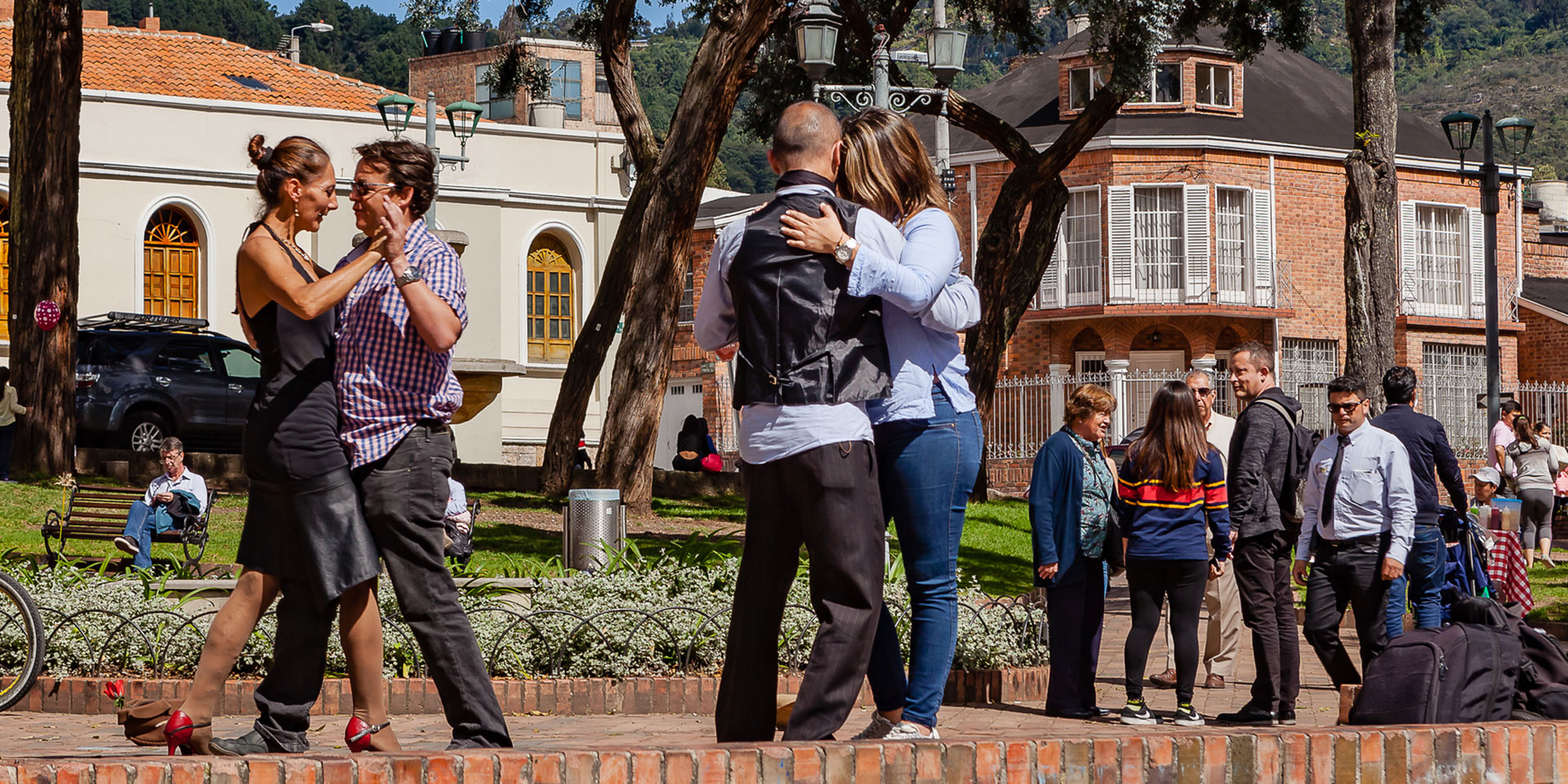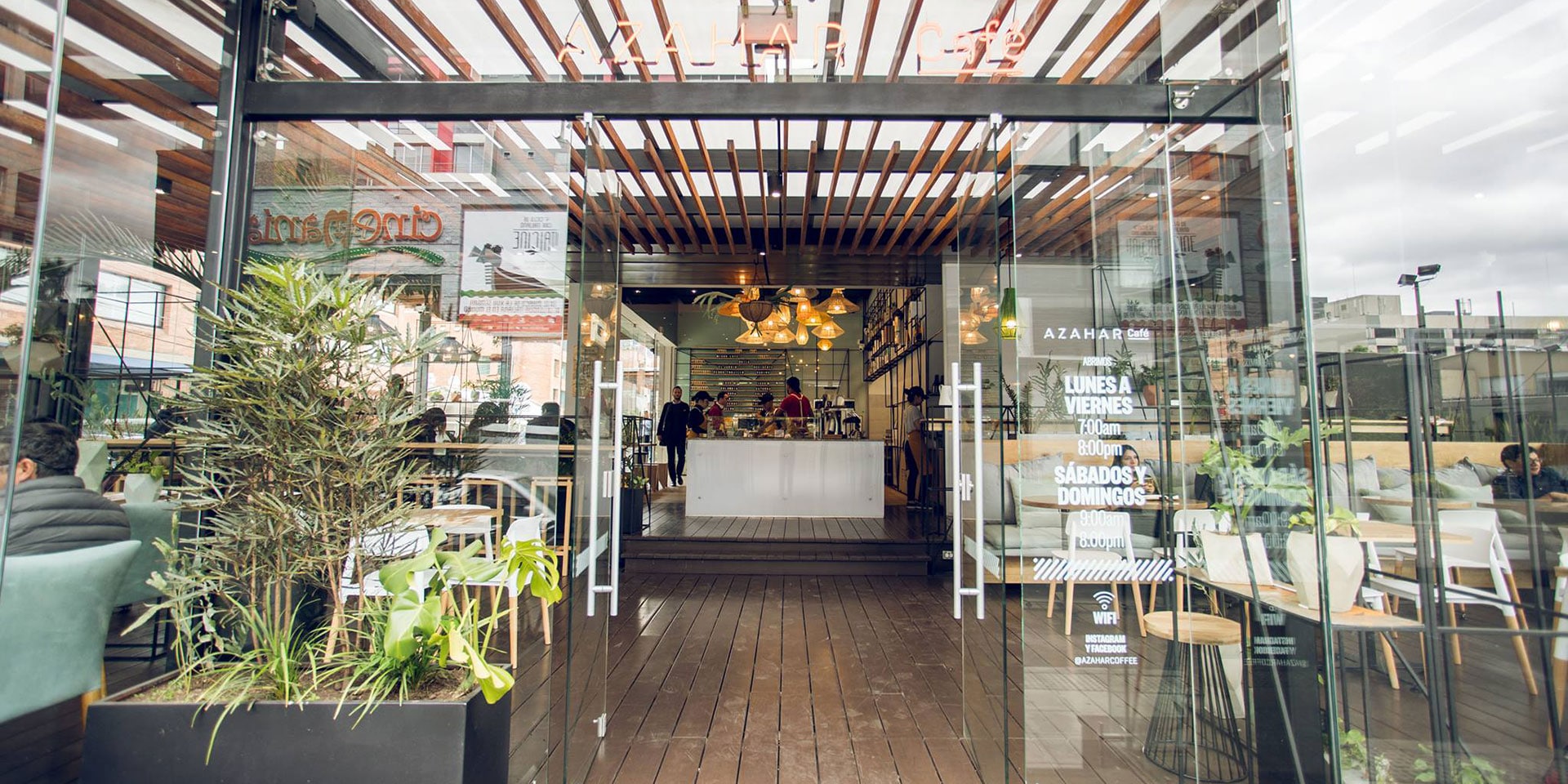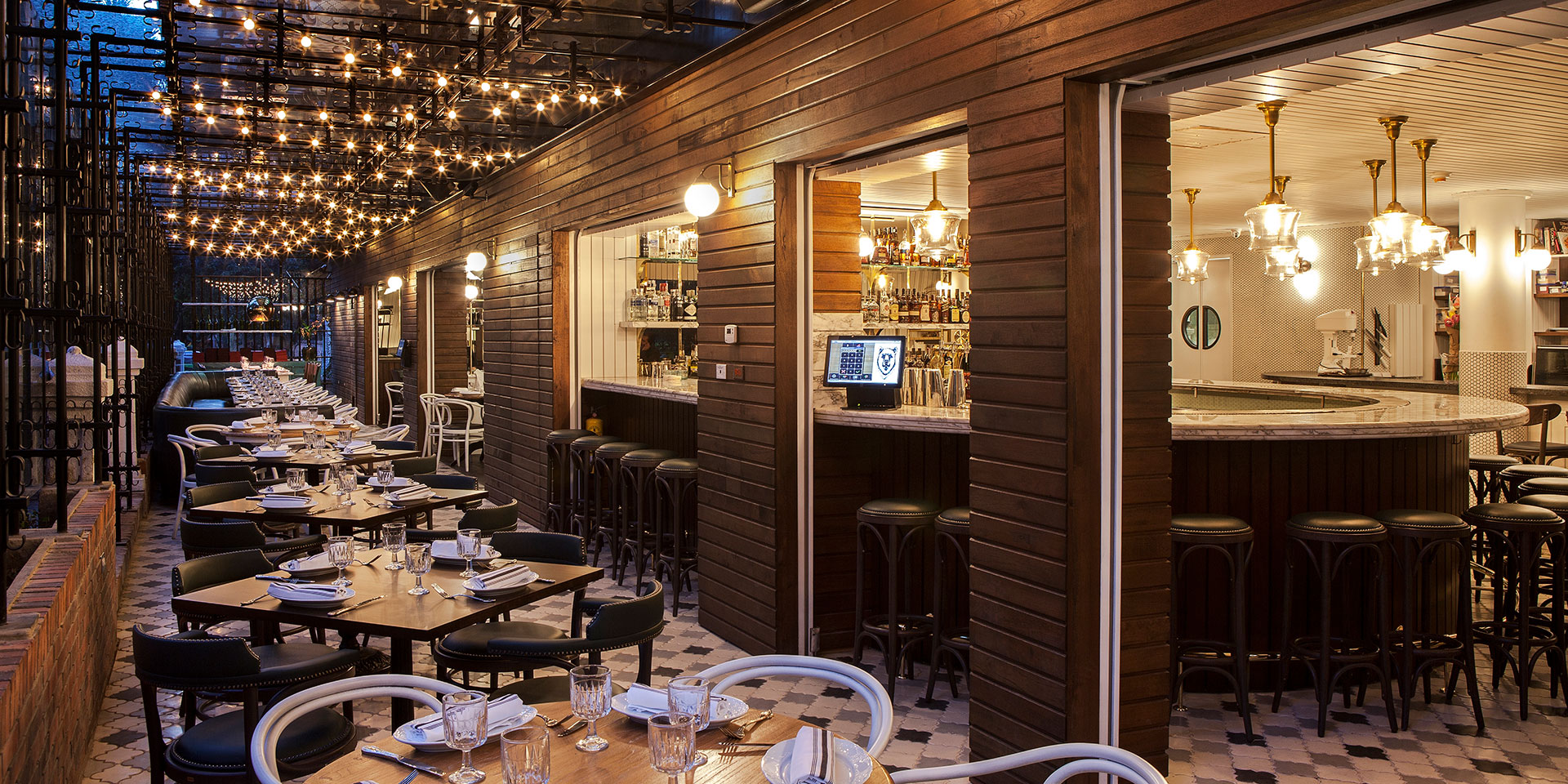
Enjoy a meal at Black Bear, and try its raw bar featuring a nice array of uncooked, smoked, and cured creations. (Photo: Courtesy of Black Bear)
BogotaEat Your Way through Bogotá, South America’s New Food City
By Stephanie GranadaThere’s a reason why The World’s 50 Best Restaurants chose to host its 2017 Latin American awards in Bogotá—the city’s culinary scene is red-hot.
Thanks to a new generation of spunky chefs who know how to put the country’s agricultural riches to work, native sons and daughters returning home after stints in lauded international kitchens, and transplants from foreign food capitals, there’s no shortage of good places to eat.
Consider these eight spots your primer on the capital’s tasty evolution.
Black Bear
Beyond its gorgeous decor that’s Old Hollywood-meets-lush hacienda, Black Bear’s star attraction is its raw bar featuring a nice array of uncooked, smoked, and cured creations (try the smoked mozzarella with apple chips or the shrimp and scallops marinated in a rich citrus sauce and served with smoked bacon).
Dishes are meant to be shared and paired with the plant-centric libations on the tailored cocktail menu or something from the wine list, which is sorted by flavor profile rather than grape, so even amateurs can match with ease.
Tremenda Sal y Dulce
A chef, who trained under local culinary luminary Harry Sasson, and a baker walk into a bar and open Tremenda Sal y Dulce—a darling café that travels the world through its health-conscious, budget-friendly, globally-informed dishes. Start with the quinoa croquettes, then move on to the Cajun chicken, lentil burger, or seed-encrusted salmon, before ending on the chocolate cake with blackberry jam. Plan to go on the earlier side; items run out fast.
Abasto
Since 2007, Abasto’s owners have committed to working only with local producers to supply its three locations. Breakfast is a highlight for the baked goods made fresh daily, house-roasted coffees, and the freshest versions of traditional staples like huevos revueltos and arepas.
Their Usaquén outpost, La Bodega, also has a small market on the weekends with a vibrant array of veggies, spices, and fruits to inspire your next meal.
Misia by Leo Espinoza
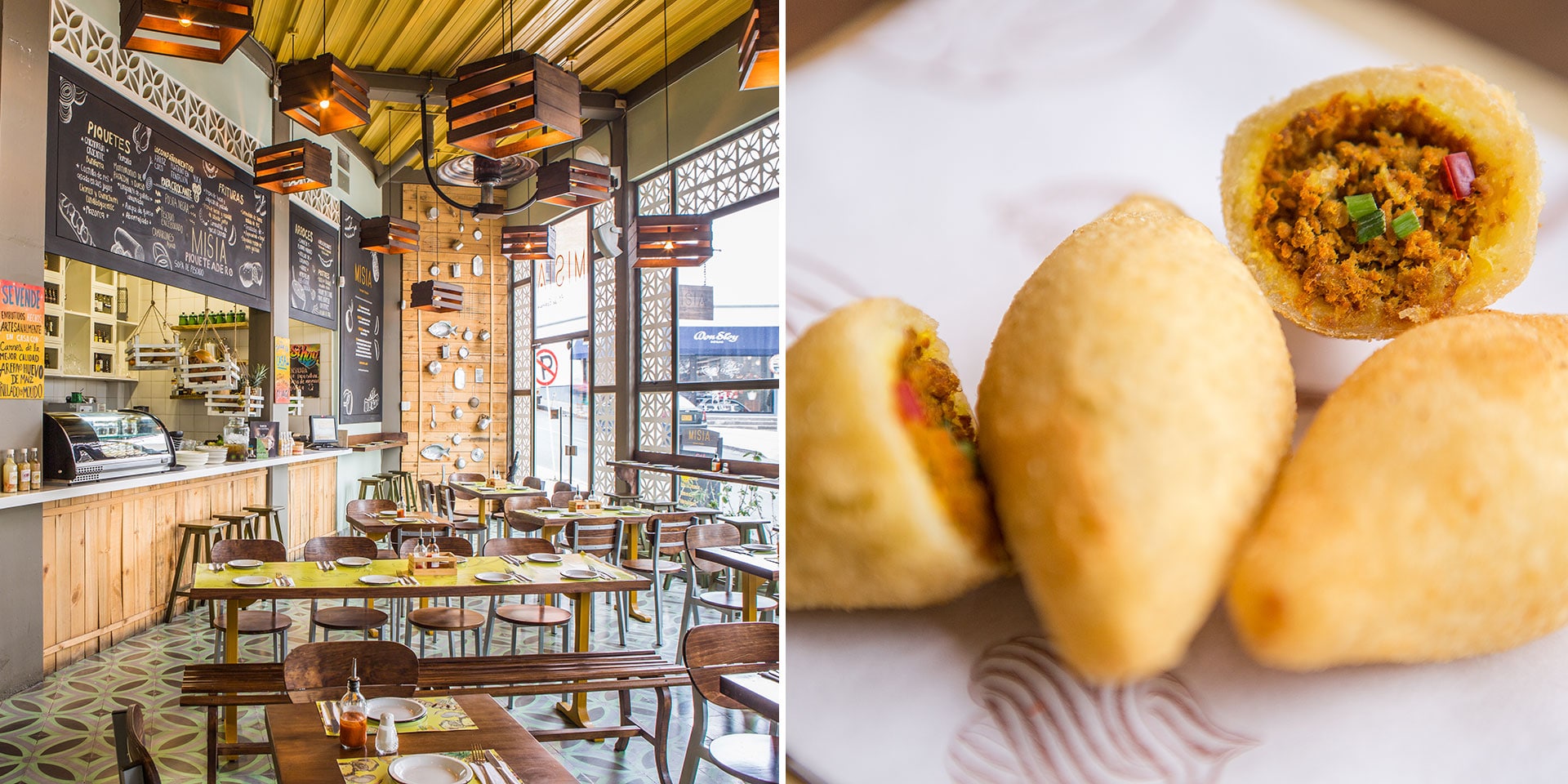
After 12 years of dominating the local food scene, chef Leonora Espinoza took home the Latin America’s Best Female Chef award in 2017. Misia, the casual (and more affordable) sister of her trailblazing establishment Leo Cocina y Cava, recalls Espinoza’s coastal childhood with updated versions of common street food, and her grandmother’s kitchen.
Dishes like langoustines in roast garlic butter served with a yuca-plantain purée are served up in a colorful, but simple space reminiscent of a blue collar lunchroom.
Criterion
No one talks about Bogotá’s cuisine without mentioning the Rausch brothers: The duo have more than a dozen restaurants and counting—each one as well-received as the last. Their newest outpost, Local by Rausch, is their first foray in patriotic cooking.
But it’s the inaugural Criterion, which led the way on Colombian haute cooking, that still dazzles diners with a contemporary French concept that new restaurants still try to replicate. Go for the chefs’ tasting menus—Criterion was among the first to offer one in the country.
While its courses change regularly, expect dishes like scallops with corn, sausage, tomato pesto, parsley cream, and serrano jam.
Hippie
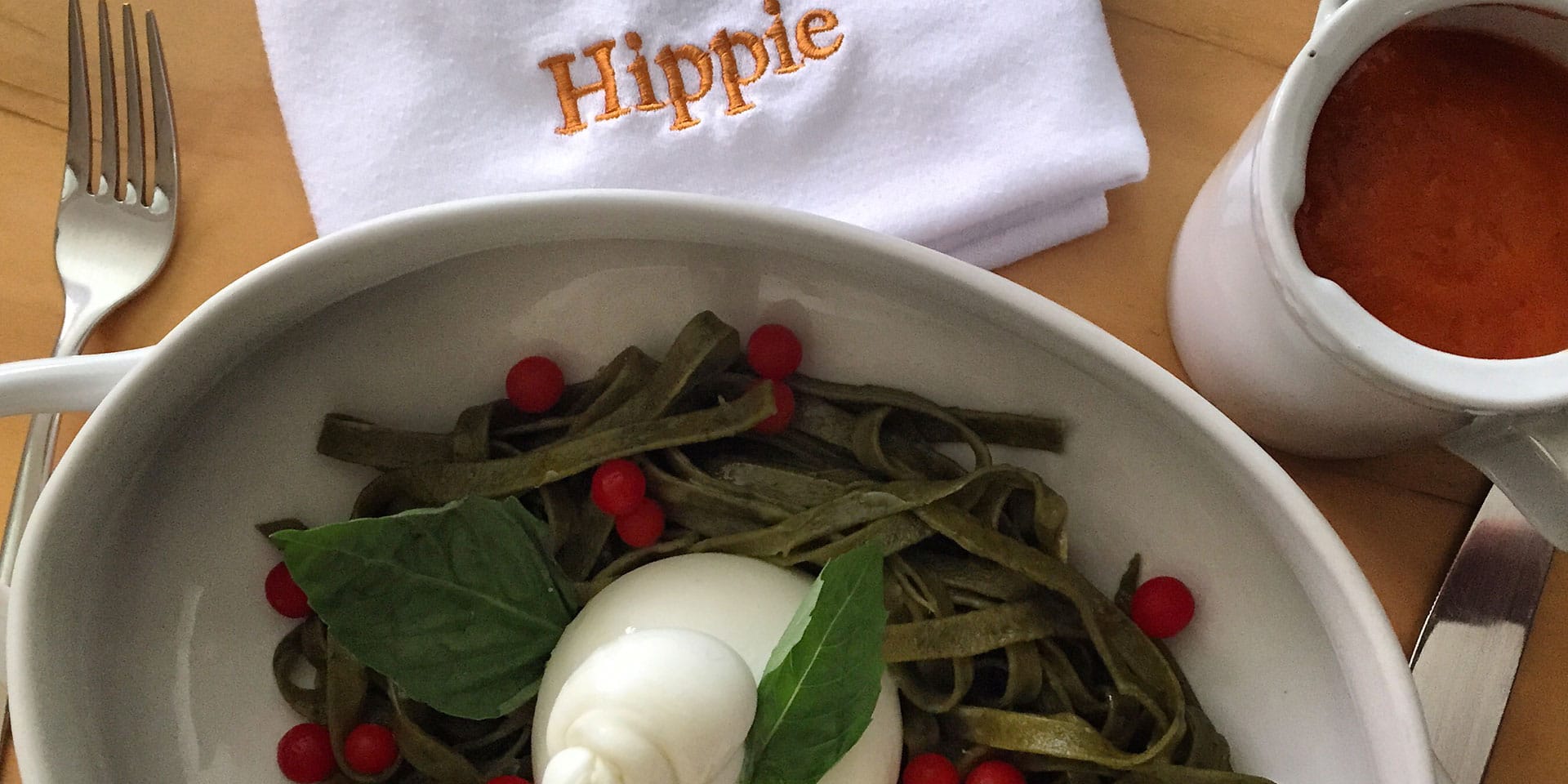
Before, you may have been laughed out of a restaurant for requesting vegetarian options — Colombia’s menus have traditionally been protein-and-fried-food-heavy. Now, locals and chefs recognize the land’s diverse ecosystem lends the perfect stage for hearty plant-based diets with loads of flavor.
Hippie’s Paula Silva is one of the chefs who does this best with a lineup that’s 70-percent meat-free. Even her protein plates are cleaned up using organic ingredients, lighter preparations, and soil-grown side dishes.
Mini-Mal
Anyone who says Colombia doesn’t have a food identity hasn’t been to Mini-Mal.
Over the years, the chefs have worked with home cooks, indigenous communities, and research centers to unearth typical flavors from every corner, which they recreate in totally fresh ways—think fish tails with lulo (a fruit) sauce and coconut rice, ribs cooked in black beer with papa criolla (local potatoes), chicken sautéed in chicha (fermented corn drink).
To complete their sustainability model, part of the proceeds benefit the communities represented on the plates.
Gordo
Sure, Gordo is a Brooklyn-inspired bar—and yes, the menu is standard hipster-bar fare (fried chicken, jalapeño poppers, s’mores)—but you’ll realize it’s a whole different ball game when a chef is working with farm-fresh Latin American ingredients. Besides, when you’re on the road, sometimes the only thing you crave is a good ole’ American burger. Expect this one to be better.






